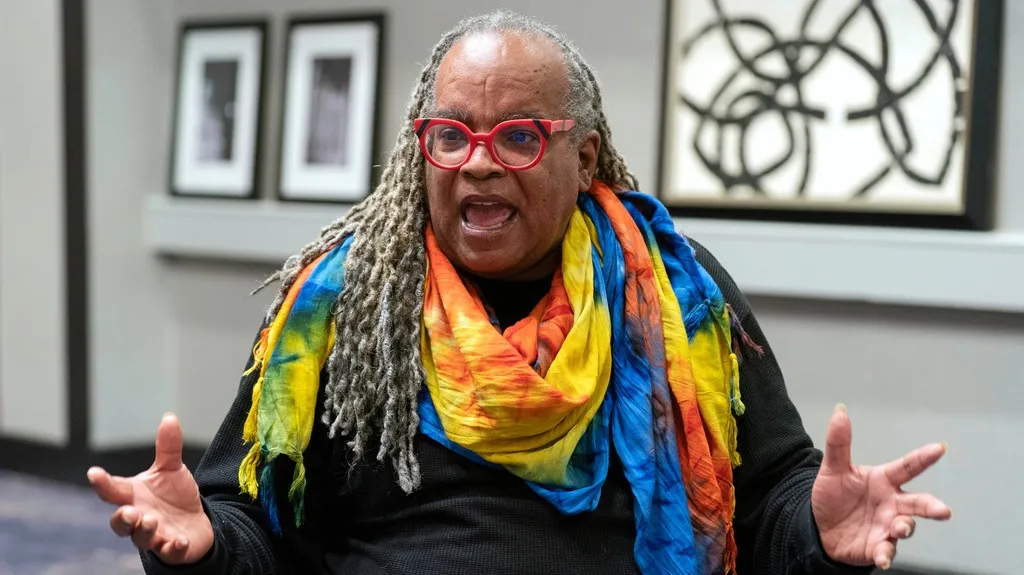September 18, 2017
September 18 is National HIV/AIDS and Aging Awareness Day
READ TIME: 3 MIN.
The Centers for Disease Control and Prevention (CDC) reports that people aged 55 and older accounted for 26 percent of the estimated 1.2 million people living with diagnosed or undiagnosed HIV infection in the United States in 2013. In older adults, HIV is too often diagnosed late in the course of the infection, leading to shorter HIV-to-AIDS intervals. CDC reports that in 2014, 40 percent of people aged 55 and older were diagnosed with AIDS at the time of HIV diagnosis.
Each year on September 18, National HIV/AIDS and Aging Awareness Day is observed to call attention to the challenges that older Americans face regarding HIV prevention, testing, care, and treatment.
The AIDS Institute invites you to join us for�National HIV/AIDS and Aging Awareness Day (NHAAD), focusing on the challenging issues facing the aging population with regards to HIV prevention, testing, care, and treatment. Also, there is an increased need for prevention, research, and data targeting the aging population, medical understanding of the aging process and its impact on HIV/AIDS.
The campaign targets:
In an effort to continually expand awareness about HIV among the aging population, organizations and community members are invited to develop, implement and participate in awareness activities and events on or around September 18th. Past examples of activities and ways organizations and individuals can become involved:
The AIDS Institute's "Reaching Aging Adults Living with or at Risk of HIV-A New Media and Technology Strategy" also provides new media training opportunities, education, resources, information, and technology capacity building support targeting adults over 50 living with HIV or at risk of HIV infection. TAI seeks to accomplish an increased online and mobile technology usage and enhanced collaboration among targeted older adult users.
And the FY 2018 Trans-NIH Plan for HIV-Related Research, from the National Institutes of Health (NIH) Office of AIDS Research (OAR describes NIH research priorities to prevent, treat, and eventually cure HIV/AIDS. Age differences will be considered in HIV research efforts.
The OAR develops an annual Trans-NIH Plan for HIV-Related Research (Strategic Plan) to ensure that the Trans-NIH AIDS research budget is used to fund the overarching HIV/AIDS research priorities. It provides a roadmap for the NIH HIV/AIDS research effort, which is carried out by nearly all of the NIH Institutes and Centers. The Plan shapes the NIH investment in building on the most recent scientific progress and opportunities to develop a safe and effective AIDS vaccine, generate a cure for HIV/AIDS, and ultimately achieve an AIDS-free generation and an end to the AIDS pandemic.
The Plan also serves as a resource to inform the public, the scientific community, Congress, and the AIDS-affected communities about the NIH HIV/AIDS research agenda. It is developed through a collaborative process involving broad input from NIH intramural and extramural scientists and other U.S. and internationally based stakeholders.
For more information, visit https://www.hiv.gov/events/awareness-days/aging or https://aidsinfo.nih.gov/understanding-hiv-aids/hiv-aids-awareness-days/165/national-hiv-aids-and-aging-awareness-day


